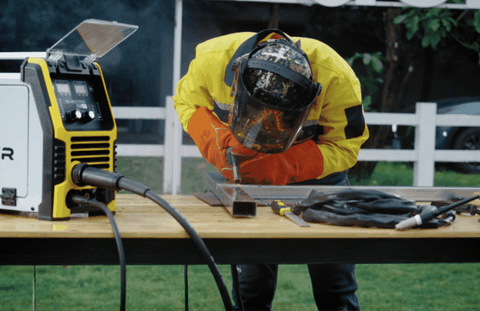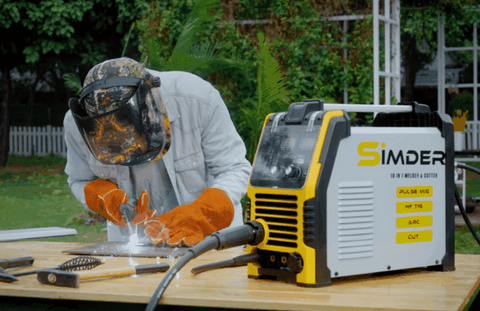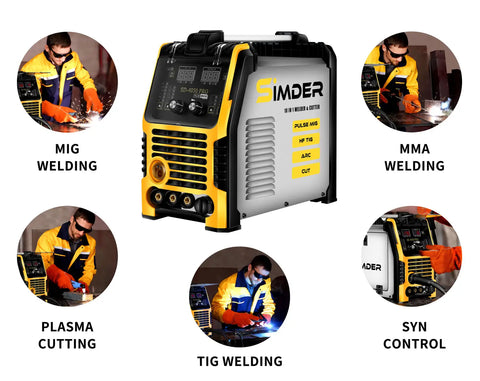What Is Pulse MIG Welding?
Dec 05, 2022
Pulse MIG welding is one of the best welding methods to use on metals with low melting points because of its controlled heat input. It is also great for creating precise welds and avoiding common welding problems.
However, it can often be confused with Spray MIG welding, and so to better understand what Pulse MIG welding is, it is best to first understand what MIG welding as a whole is.

What Is MIG Welding?
MIG or “Metal Insert Gas” welding is a type of arc welding that utilizes an electrical arc to join two metals.
The arc is formed between an electrode and the material being welded. The electrode wire is continuously fed via a wire feed welder and acts as a filler.
The welding process utilizes shielding gases such as helium and argon that protect the welding pool from being contaminated but will not react with the weld pool or any other materials in the welding process.
What Is Pulse MIG Welding?
Pulse MIG Welding is a mode of MIG welding where the welding machine sends continuous pulses of high electrical current to form and transfer a molten filler metal droplet from the electrode to the weld pool.
The droplet is transferred to the weld pool at every pulse which helps produce quality and predictable welds.

Benefits of Pulse MIG Welding
One of the main benefits of Pulse MIG welding is its ability to weld Aluminum while avoiding problems that other modes of MIG welding may have.
For one, Pulse MIG welding has a low and controlled heat input which is perfect for metals like aluminum that have a low melting point.
While other modes may heat up the aluminum too fast which may result in warping or burn-through, Pulse MIG welding generates a cooler weld puddle which reduces the possibility of complications.
Another benefit of Pulse MIG welding is that it is easier to control the bead profile as it provides consistent directional control.
Depending on the power source—whether that be an electric or gas welder—the width of the arc cone can be adjusted to change the bead profile depending on the weld.
On top of that, a good Pulse MIG welder will have controlled cool-downs that can be programmed to ramp down to a lower frequency to better fill in the crater at the end of a weld.
Final Thoughts
All in all, Pulse MIG welding is a type of arc welding that utilizes varied frequencies to transfer molten droplets to the weld pool. It is ideal when it comes to welding metals with low melting points such as aluminum. Because of its controlled droplets and cooler weld pools, consistent weld beads can be produced and the likelihood of burn-through or other problems can be reduced.

Automatic 15% discount on purchases in August 2023.
Click here to buy it:
https://www.ssimder.com/products/sd4050pro-welder-cutter




1 comentario
I am considering a multiprocess machine. Is the SD-4050 Pro able to achieve a spray transfer welding steel?